Cordillera Satyr
Pronophila cordillera
first update d. 16 March 2012
last update d. 17 November
2024
Camino de Muerte, Yungas, elev. 2000/2600
m.
Cascades de Sacramento Alto
Kori Wayku inca trail
15/18 January, and 9 February 2012
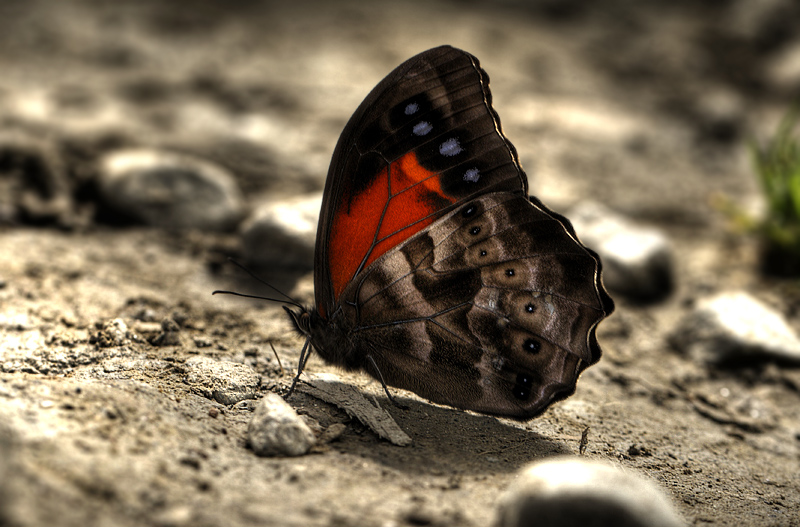
Cordillera Satyr, Pronophila cordillera (Westwood, 1851).
Camino de Muerte
elev. 2600 m. Yungas, Bolivia d. 9 February
2012. Photographer: Lars Andersen
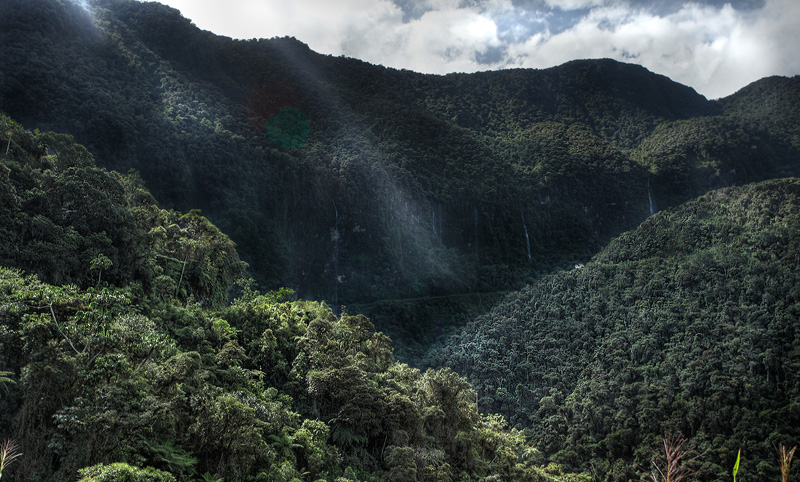
Cloud
forest and their butterflies in eastern Andes in
Bolivia.
Cloud forests are upper
montane rain forest, montane laurel forest, or
more localised terms such as the Bolivian Yungas,
have transition zones between the high Andes
alpine and tropical Amazon flora and fauna.
Amazon riwer system in South America has approx.
40% of the world's total forest land, approx. 70%
of the world's animal and plant species, some of
these reaches into the cloud forests. Once you
get over 2400 meters altitude pops up plants
which are known from North America and Asia as
violets, blackberries and various heathers,
grasses and orchids.
|

Many of
the Yungas are degraded areas or tree formations
in recovery who have not yet reached its climax
vegetation, like the Fayal-Heath of Macaronesian
laurisilva. The diversity of plants and animal
species falls dramatically when you get over 2400
meters altitude. Cloud Forest appear from
Venezuela to northwestern Argentina via Brazil
Bolivia, Chile, Colombia, Ecuador and Peru
|
Butterflies in the cloud forests
along “the world's most dangerous road”.
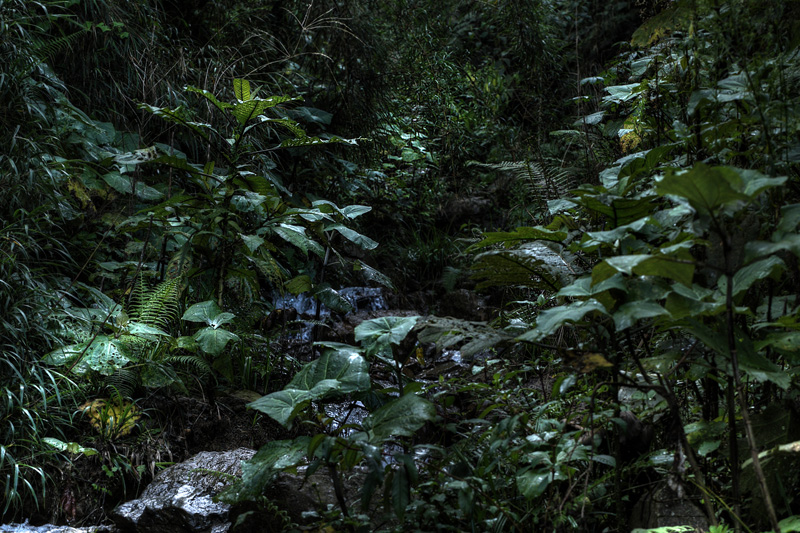
__________________________________________
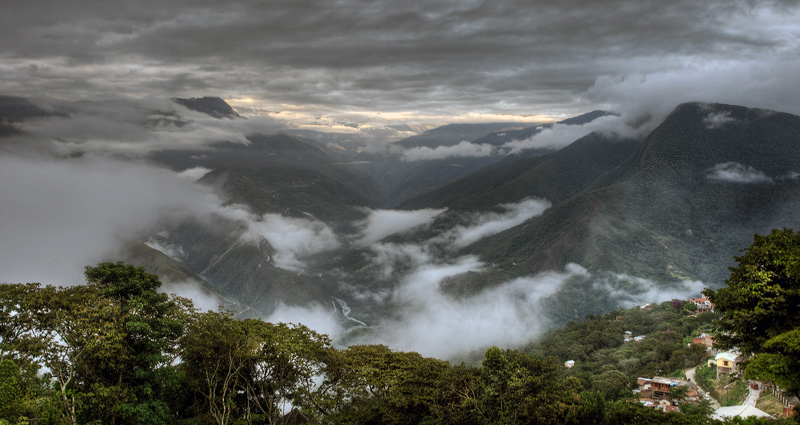 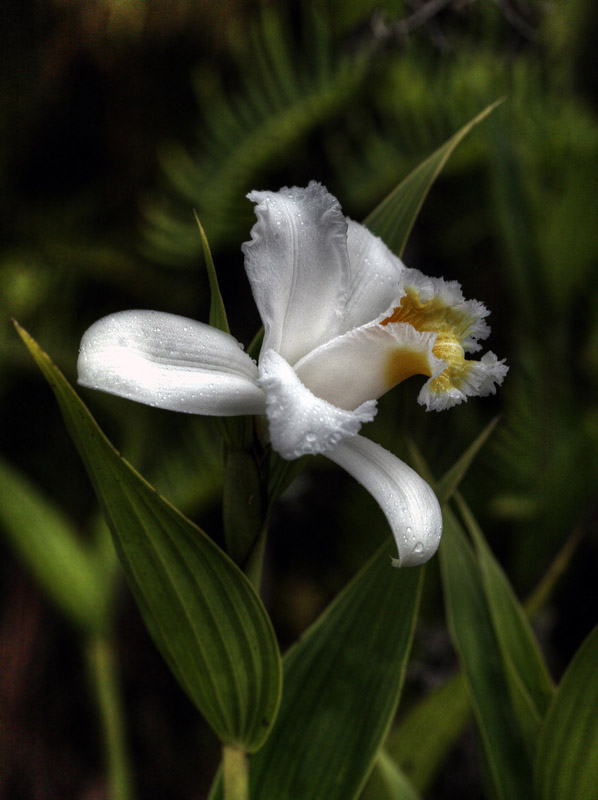 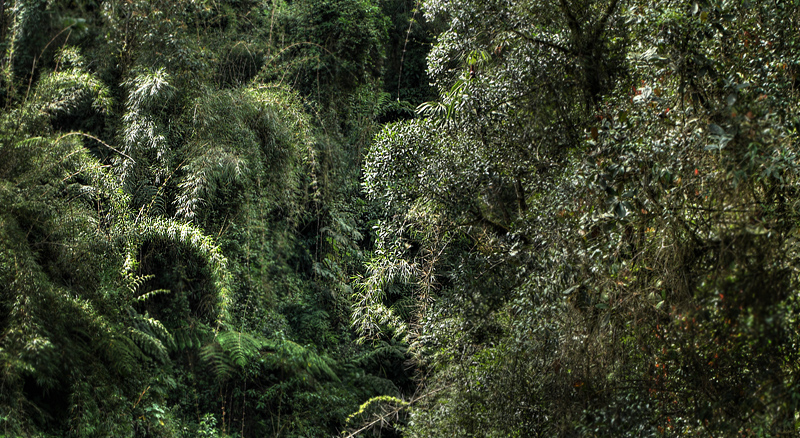 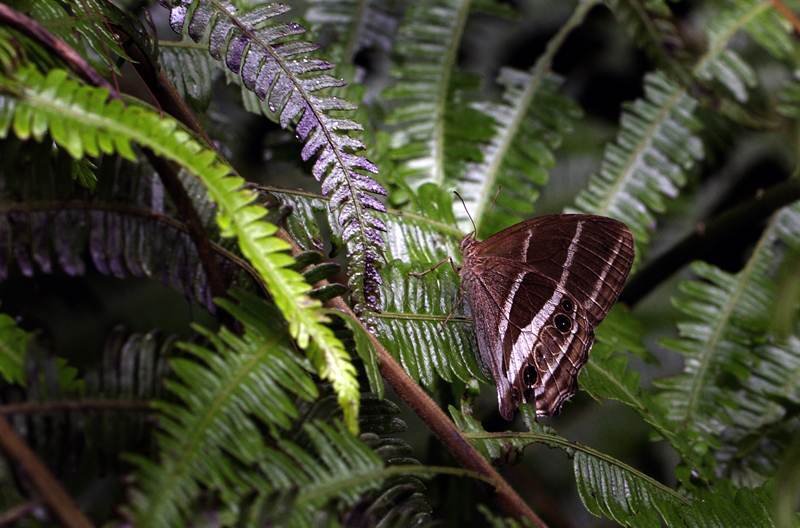 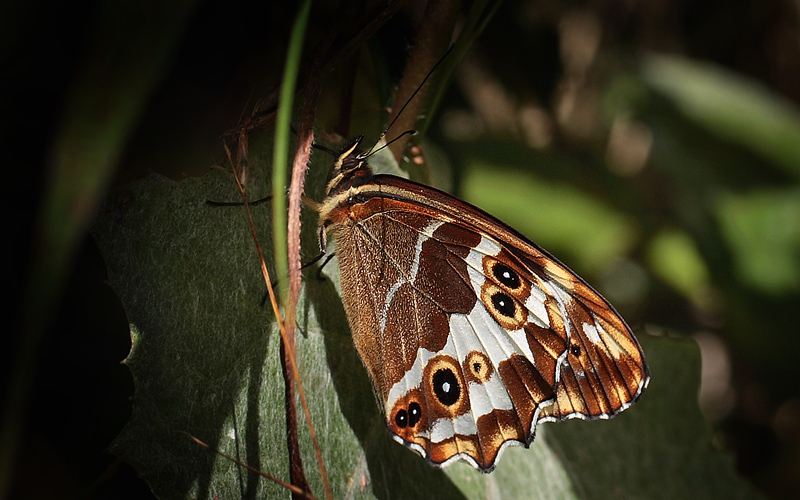 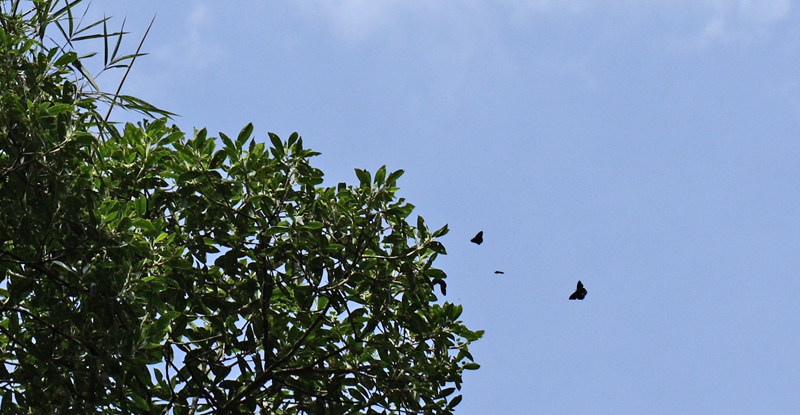 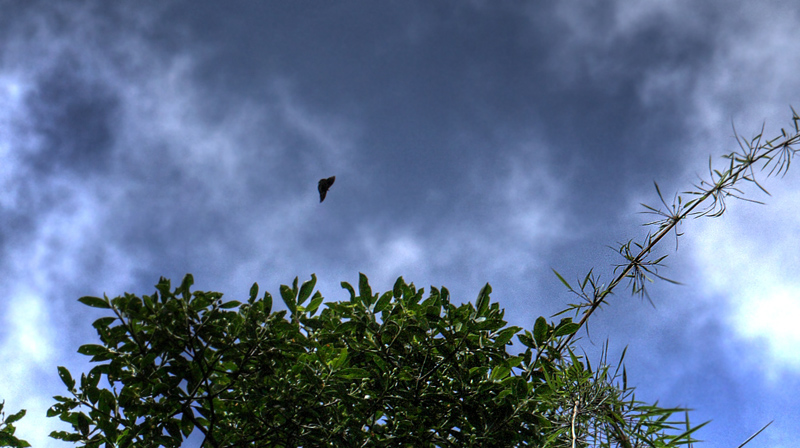 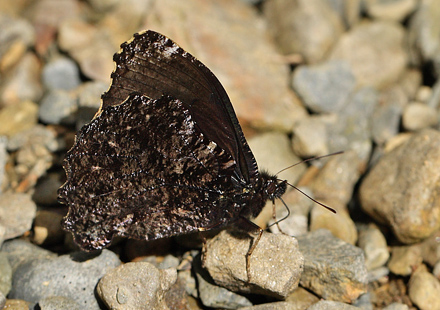 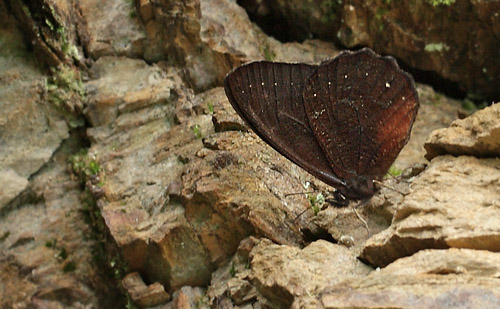 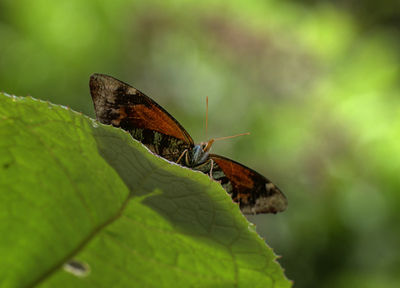 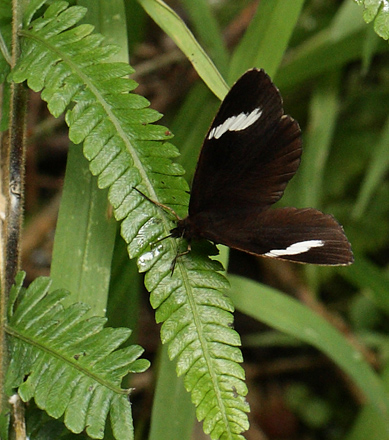 
--------

Cordillera Satyr, Pronophila cordillera (Westwood, 1851).
Camino de Muerte
elev. 2600 m. Yungas, Bolivia d. 9 February
2012. Photographer: Lars Andersen
| Mountain
Black Satyr; Pronophilini are large butterflies dominate
the air around the treetop in cloudforests, its
favorite food plant is the Andean bamboo that is
common there. There are several species which are
very similar. The flies usually high in trees,
but can be lured down with animal feces and pee. |
-----
| Cordillera
Satyr, Pronophila
cordillera (Westwood, 1851). Introduction: There are
1100 known species of Satyrinae in the neotropical
region.
About 570 of these are placed in the subtribe Pronophilina (Reuter, 1896). Wikipedia.
– a diverse
group of high altitude cloudforest butterflies,
all of which are confined to the neotropical
region. The vast majority are found only in the
Andes, but 4 species are known from the Atlantic
cloudforests of Brazil, and there are a further 6
species that are endemic to Guatemala, Costa Rica
or Mexico. More oddly there is one genus Calisto
that is found exclusively on the Caribbean
islands of Cuba and Hispaniola.
The genus Mygona (Thieme, 1907) comprises
of only 5 known species – irmina from Venezuela, and prochyta which is distributed
from Ecuador to Bolivia. The type location of prochyta is Bolivia. There are 4
other subspecies, namely poeania from Ecuador;
and the Peruvian endemics chyprota, magalyae and thammi.
Habitats: This
is a forest species found at altitudes between
about 1400-2800m.
Lifecycle: The
lifecycle appears to be unrecorded. The following
generalisations are applicable to the subtribe Pronophilina and are probably
applicable to Pronophila:
The eggs are round, white or pale greenish white,
and laid singly on the foodplants or on
surrounding vegetation. The larvae are typically
pale brown, marked along the back and sides with
narrow dark stripes, and tapering towards each
end. The head is large in proportion to the body
and has two short forward-pointing horns. The tip
of the abdomen is equipped with a pair of caudal
prongs which are used to flick the frass away
from the feeding area.
Foodplant: The larvae of all known Pronophilina
feed on Chusquea, Chusquea quila – a genus of bamboo
which grows in thickets, mainly along the courses
of streams.
Adult behaviour:
Males can be found imbibing moisture from narrow
tracks within the forest, but will also come out
into more open areas occasionally.
Pronophila (E. Doubleday, [1849] ).
16 species,
Pronophila cordillera ssp. cordillera (Westwood, 1851). TL:
[Bolivia].
P. c. ssp.
variabilis (A. Butler, 1873). TL: Peru M T
S.
P. c. ssp.
colocasia (Thieme, 1907). TL: Peru M T.
P. c. [n. ssp.] (Pyrcz &
Boyer, MS). Peru.
Subfamily Satyrinae. Boisduval, 1833. Wikipedia,
The Satyrinae (Boisduval, 1833), the
satyrines or satyrids, commonly known as the
browns, are a subfamily of the Brush.footed
Butterfles, Nymphalidae (Rafinesque, 1815). 559
genera, 6,152 species.
Nymphalidae (brush-footed
butterflies).
They were formerly considered a distinct family,
Satyridae. This group contains
nearly half of the known diversity of
brush-footed butterflies.
The true number of the Satyrinae (Boisduval, 1833)
species is estimated to exceed 2,400.
Tribe Satyrini (Boisduval, 1833).
Subtribe Pronophilina
The Satyrini is one of the tribes of
the subfamily Satyrinae. It includes about 2200
species and is therefore the largest tribe in the
subfamily which comprises 2500 species
Pronophila (E. Doubleday, [1849]).
Pronophila unifasciata
unifasciata (Lathy, 1906). TL: Ecuador M T S
Pronophila unifasciata deverra Thieme, 1907 TL:
Ecuador
Pronophila unifasciata brennus Thieme, 1907 TL:
Colombia M T
Pronophila unifasciata bogotensis Jurriaanse,
1926 TL: Colombia M T S
Pronophila unifasciata australis Hayward, 1949
TL: Argentina M T
Pronophila unifasciata donachui Adams &
Bernard, 1977 TL: Colombia M T
Pronophila unifasciata nanegalito Pyrcz, 2000 TL:
Ecuador
Pronophila unifasciata deceptoria Pyrcz, 2005 TL:
not specified
Pronophila unifasciata eugeni Pyrcz, 2005 TL:
Colombia
Pronophila unifasciata kennethi Pyrcz, 2005 TL:
Ecuador M S
Pronophila unifasciata antioquiana Pyrcz, 2005
TL: Peru
Pronophila unifasciata [n. ssp.] Pyrcz, MS
Bolivia
Pronophila juliani (Adams & Bernard,
1977). iN M T
Pronophila timanthes (Salvin, 1871).
Timanthes Satyr. Costa Rica to W Ecuador iN M T
OI S L
Pronophila obscura obscura (A. Butler, 1868). TL:
Venezuela M T
Pronophila obscura cuchillaensis Viloria &
Camacho, 1999 TL: Venezuela
Pronophila epidipnis epidipnis (Thieme, 1907). TL:
Venezuela M T
Pronophila epidipnis orchewitsoni Adams &
Bernard, 1979 TL: Colombia M T S
Pronophila epidipnis lathyi Pyrcz, 2000 TL:
Ecuador
Pronophila epidipnis orcidipnis Pyrcz &
Viloria, 2007 ref.285
Pronophila epidipnis perplexa Pyrcz, 2004 TL:
Peru
Pronophila epidipnis cana Pyrcz, MS TL: Peru
Pronophila epidipnis [n. ssp.#1] Pyrcz, MS TL:
Colombia
Pronophila epidipnis [n. ssp.#2] (Pyrcz, MS) TL:
Bolivia
Pronophila tremocrata (Pyrcz, 2004). iN M S.
Pronophila cordillera ssp. cordillera (Westwood, 1851). TL:
[Bolivia].
P. c. ssp.
variabilis (A. Butler, 1873). TL: Peru M T
S.
P. c. ssp.
colocasia (Thieme, 1907). TL: Peru M T.
P. c. [n. ssp.] (Pyrcz &
Boyer, MS). Peru.
Pronophila orcus orcus (Latreille, [1813]) TL:
["Peru"] M T S
Pronophila orcus locuples Weymer, 1912 TL:
Bolivia M S
Pronophila orcus nepete Thieme, 1907 TL: Peru M T
Pronophila thelebe (E. Doubleday, [1849]).
iN M T.
Pronophila isobelae isobelae (Pyrcz, 2000). TL:
Ecuador
Pronophila isobelae benevola Pyrcz, 2000 TL:
Ecuador
Pronophila attali (Pyrcz, 2000). TL: Peru.
Pronophila rosenbergi
rosenbergi (Lathy, 1906). TL: Ecuador M T.
Pronophila rosenbergi puyango Pyrcz, 2000 TL:
Ecuador
Pronophila bernardi (Pyrcz, 2004), iN.
Pronophila intercidona
intercidona (Thieme, 1907). TL: Ecuador M T.
Pronophila intercidona thelebina Thieme, 1907 TL:
Bolivia M T
Pronophila intercidona [n. ssp.] Pyrcz &
Prieto, MS Colombia
Pronophila margarita (Pyrcz, 2000). TL:
Ecuador.
Pronophilina is a Neotropical
subtribe of butterflies of the subfamily Satyrinae. They are a species-rich
group with highest diversity in the tropical and
subtropical mountains, especially the Andes.
Before 1970, they were poorly studied, but recent
interest has resulted in high rates of species
description from previously unexplored mountain
ranges. However, there is still a lack of
knowledge on their biology and ecology. Their
relationship to other groups of Satyrine
butterflies and their complex patterns of
speciation within and among mountain ranges have
led to several biogeographic discussions.
Pronophilina (Reuter, 1896) Wikipedia.
GBIF: Global Biodiversity
Information Facility.
World distribution:
Cordillera Satyr, Pronophila
cordillera (Westwood, 1851).
íNaturalist.org
began as the Master's
final project of Nate Agrin, Jessica Kline,
and Ken-ichi Ueda at UC Berkeley's School of Information
in 2008.
Cordillera Satyr, Pronophila
cordillera (Westwood, 1851).
|
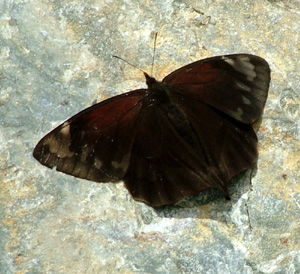  
Cordillera Satyr, Pronophila
cordillera
(Westwood, 1851) opperside and underside.
Camino de Muerte elev. 2600 m. Yungas, Bolivia
d. 3 january 2005.
Photographer: Lars Andersen
|
Cordillera Satyr, Pronophila
cordillera
(Westwood, 1851).
Camino de Muerte elev. 2600 m. Yungas, Bolivia
d. 9 february 2012.
Photographer: Lars Andersen
|
![Pronophila epidipnis [n. ssp.#2] .The old railroad / Kori Wayku inca trail, Yungas, elev. 2000 m. 27 January 2009. Photographer: Lars Andersen](images22/ble096196s.jpg) 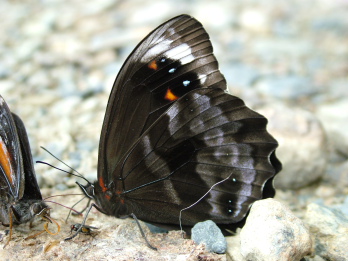
Pronophila epidipnis [n. ssp.#2]
(Pyrcz, MS) TL: Bolivia.
The old railroad / Kori Wayku inca trail 2000 m.,
Yungas, Bolivia d. 27 january 2009.
Photographer: Lars Andersen
|
Pronophila
intercidona ssp. thelebina
(Thieme, 1907).
Cascade de Sacramento.Camino de Muerte elev. 2500
m. Yungas, Bolivia d. 3 january 2007.
Photographer: Lars Andersen
|
 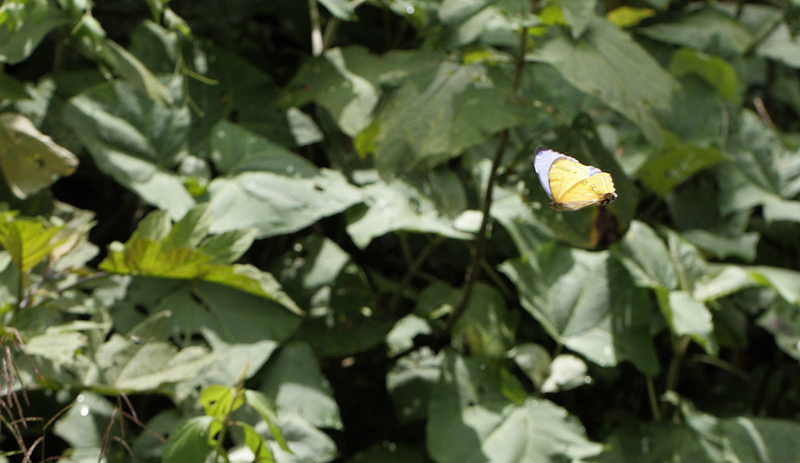
Mountains Morpho, Morpho lympharis ssp. eros (Staudinger, 1892). TL: Bolivia.
Cascades de Sacramento Alto, Camino de Muerte 2600 m.
Yungas, Bolivia d. 9 february 2012. Photographer: Lars Andersen
The morpho's butterfly
is the beutiful pearlblue:
Mountains
Morpho, Morpho
lympharis ssp. eros (Staudinger, 1892). TL: Bolivia.
Cascades de
Sacramento Alto, Camino de Muerte 2600 m. Yungas, Bolivia d. 3 january 2005.
Cascades de
Sacramento Alto, Camino de Muerte 2600 m. Yungas, Bolivia d. 25 january 2007.
Cascades de
Sacramento Alto, Camino de Muerte 2600 m. Yungas, Bolivia d. 22 february 2008.
Ecovia, The
old railroad southern of Coroico 2000 m. Yungas, Bolivia d. 23
february 2009.
Ecovia, The old railroad southern of Coroico 2000
m. Yungas, Bolivia d. 1 february 2010.
Cascades de Sacramento Alto, Camino de Muerte
2600 m. Yungas, Bolivia d. 9 february 2012.
Only fly in the
sunshine, go to rest as soon as a cloud shadows
of the sun in the ravine. Is the most spetacular
butterflies flying along the world's most
dangerous road in Bolivia. GBIF: Global Biodiversity
Information Facility.
World distribution:
Mountains
Morpho, Morpho
lympharis ssp. eros (Staudinger, 1892).
íNaturalist.org
began as the Master's
final project of Nate Agrin, Jessica Kline,
and Ken-ichi Ueda at UC Berkeley's School of Information
in 2008.
Mountains Morpho, Morpho lympharis ssp. eros (Staudinger, 1892).
|
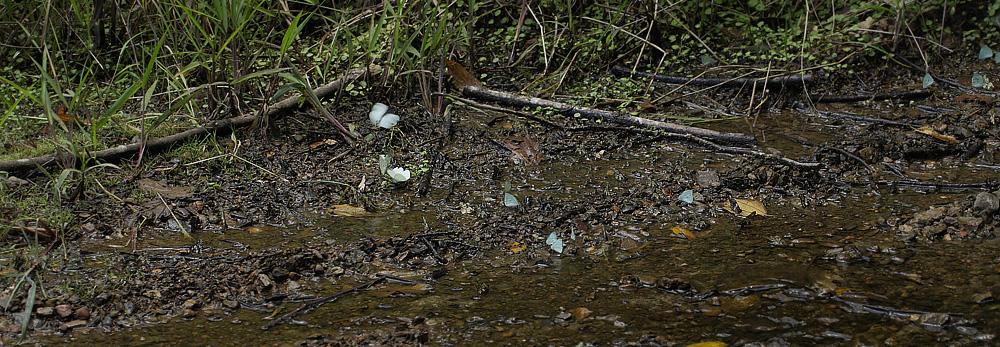 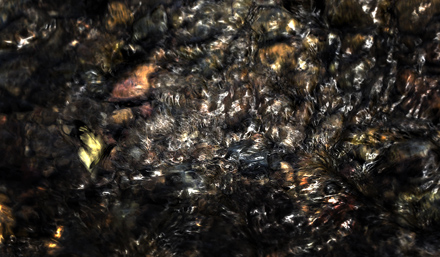 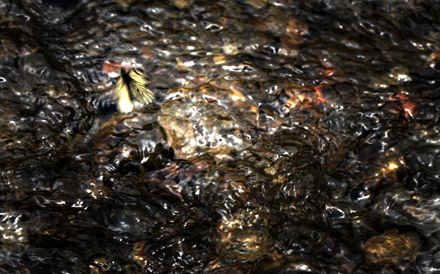 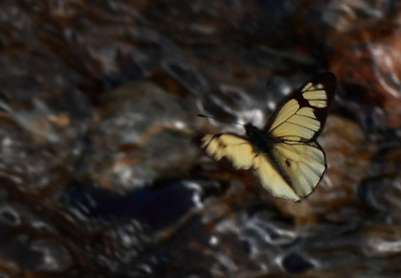 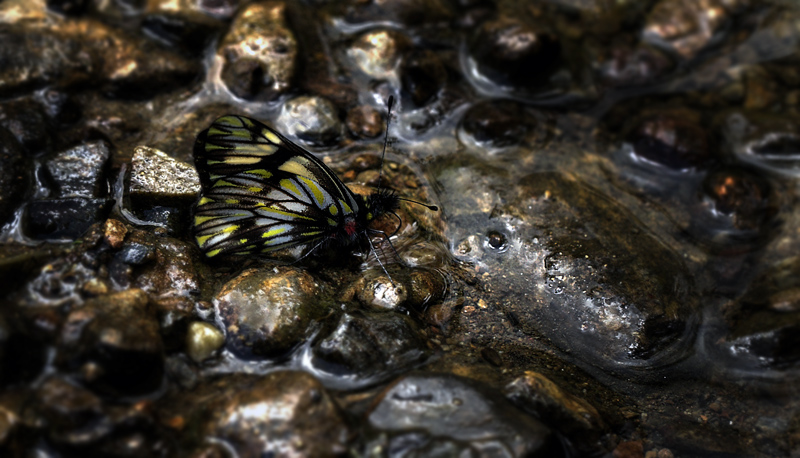
| Mountains Water
Whites, Catasticta is comprised of
about 90 species, all found in the Andes, South
America or Cordilleras of Central America from
600 to 2600 meters altitude. The species are
often extremly difficult to identify, most having
very similar patterns on the underwings surfaces. Males
are usually found wiht small streams they gather
in numbers, often several species together. They
often sit wedged amongst small semi-submerged
rocks and pebbles at the edge of shallow streams,
or where small fords cross mountain roads.
Females rarely settle on the ground, and are
instead encountered in flight on mountain passes,
or when feeding at flowers at cloud forest /
grassland transition zones. Feedplants: Parasitic
mistletoes, Phoradendron species.
Caterpillars feed in small groups. Pupae are
found in groups on tree trunks and look like bird
droppings.
|
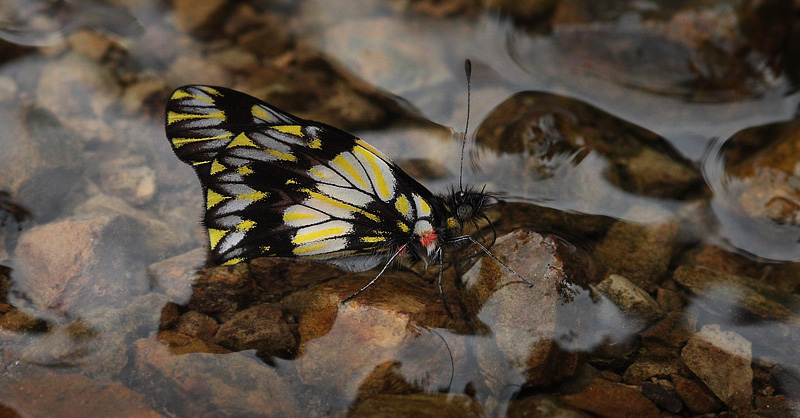
Collina Dartwhite, Catasticta collina (F. Brown, 1939).
Ecovia/Kori Wayku inca trail 2000 m., Yungas, Bolivia February 2, 2010. Photographer; Lars Andersen
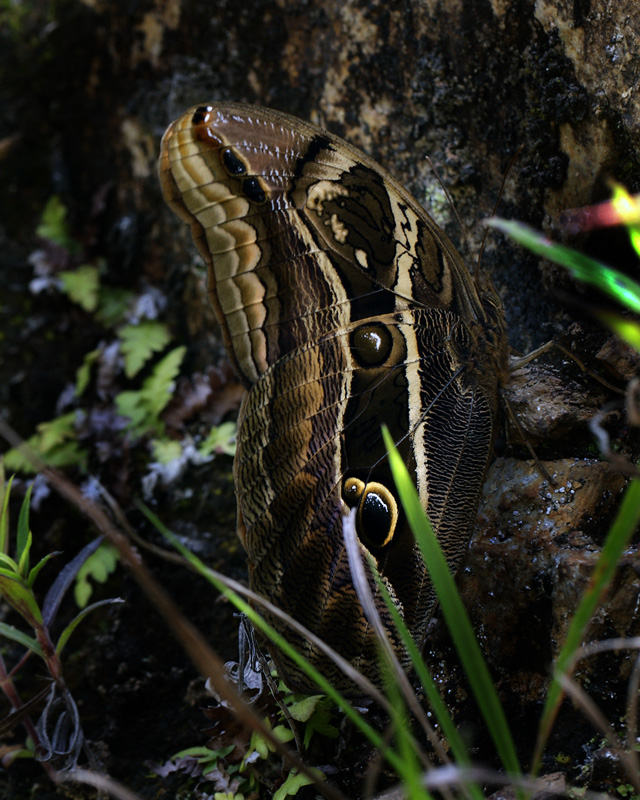
| Between
the Andes bamboo you can be lucky to see the
beautiful Double Spotted Owl
Butterfly, Eryphanis
zolvizora. It is active in cloudy
weather and late on days in the blue hour. |
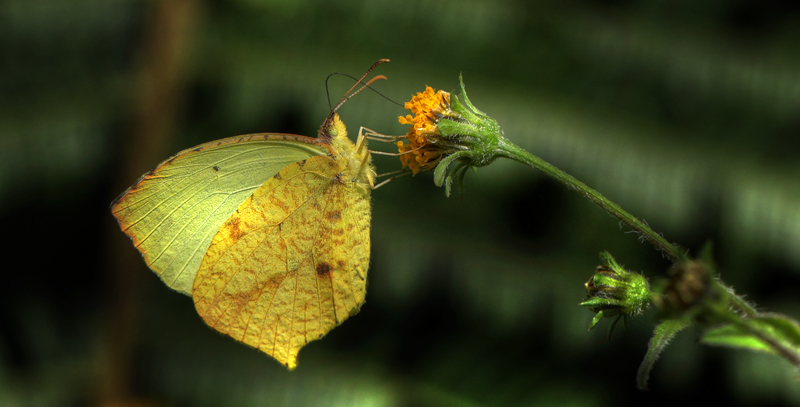  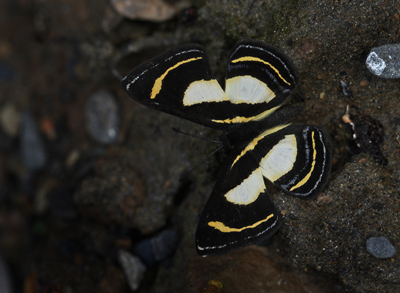 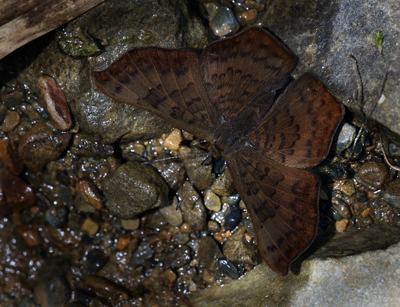 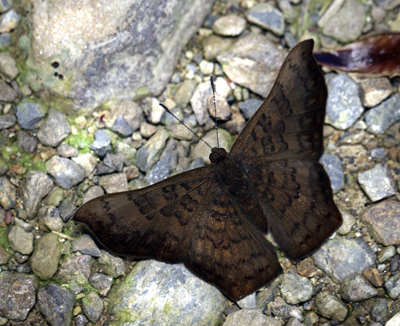 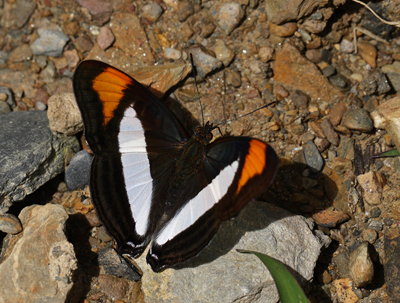  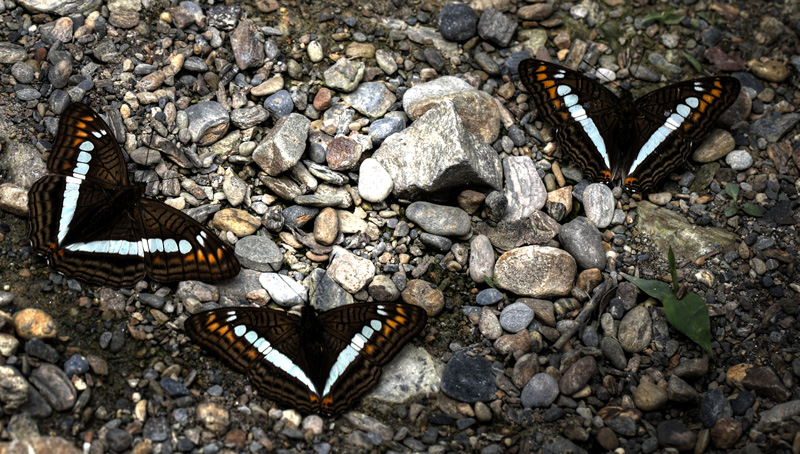 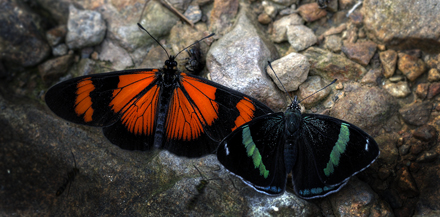 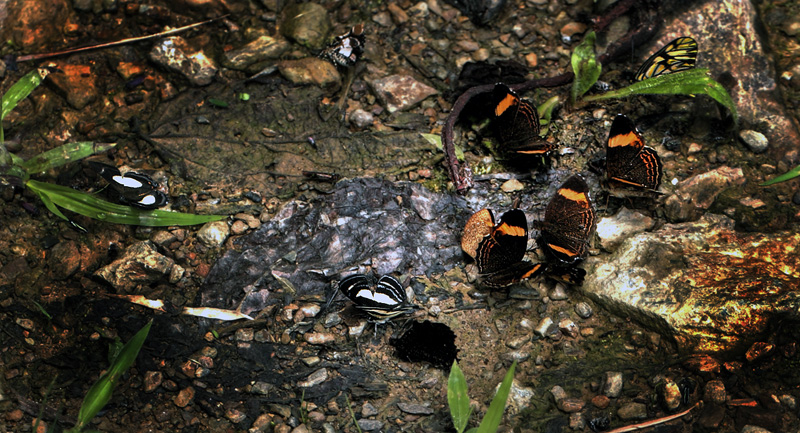 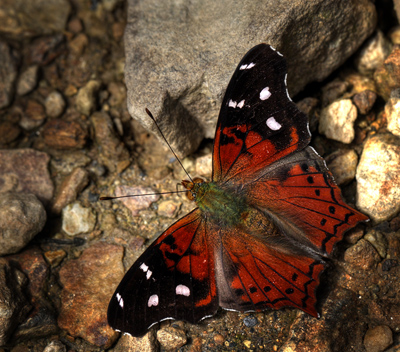 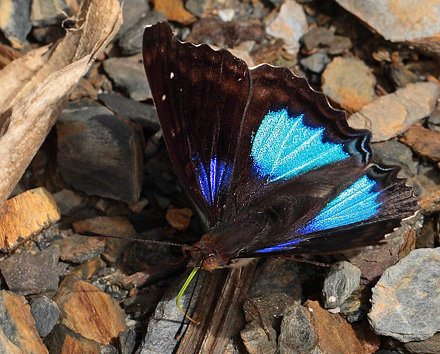 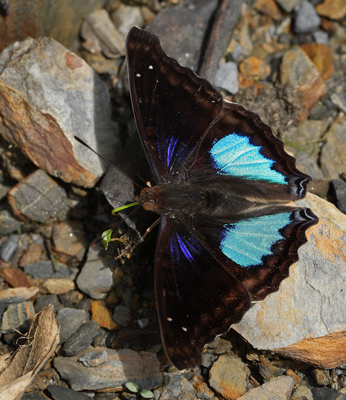 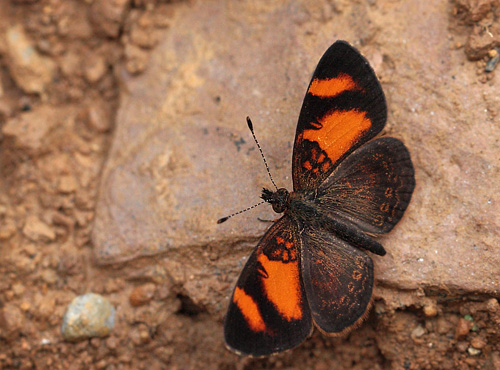  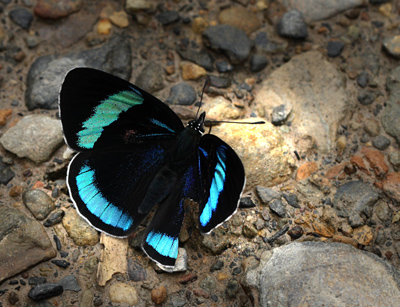 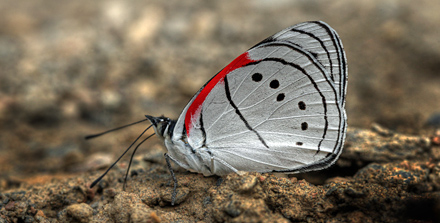 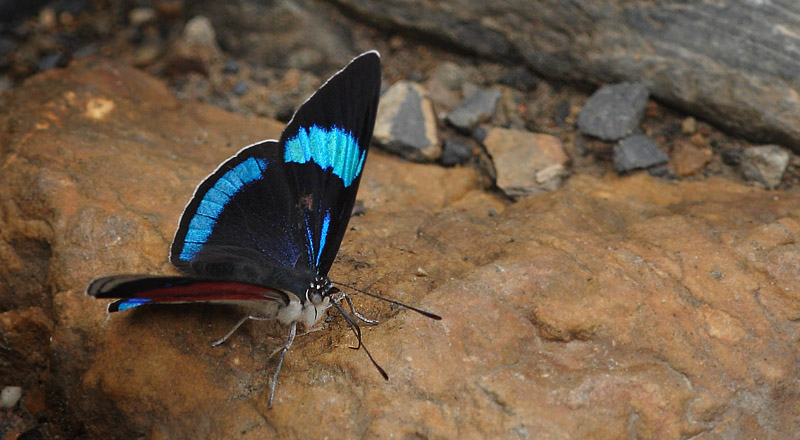 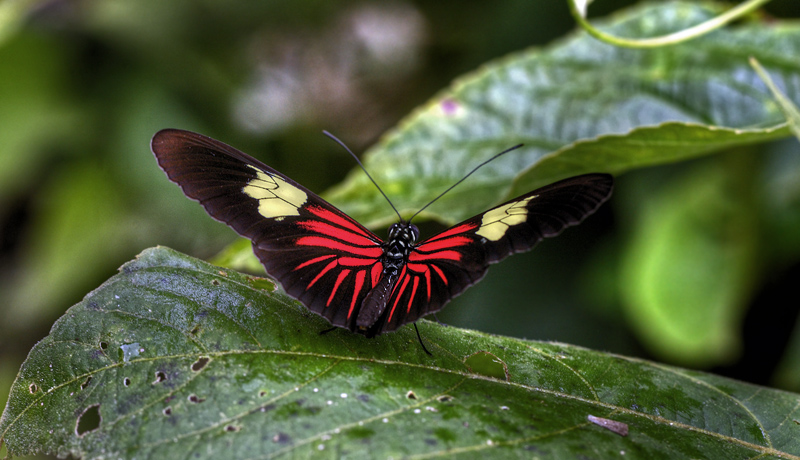 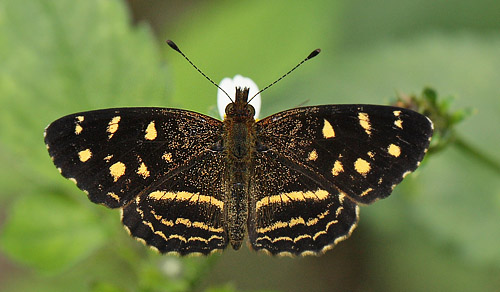 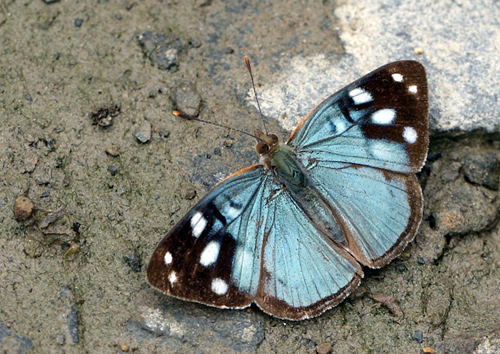
Also
a big purplered Leafwing ; Brush
Footed Anaea, Polygrapha
tyrianthina, another Anaea
which is deep blue with sickle-shaped wings and
tails; Boisduval's Leafwing, Memphis
moruus is also seen in the
ravines.
There
are a few Metal Wings, Riodinidae as; Sylphina
Angel, Chorinea
sylphina and Angularis
Metalmark, Emesis
angularis and various small skippers
and some dark ringlet.
|
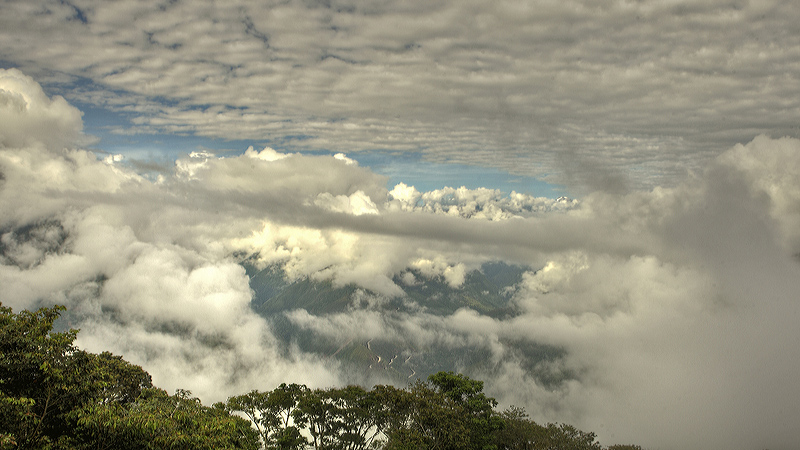 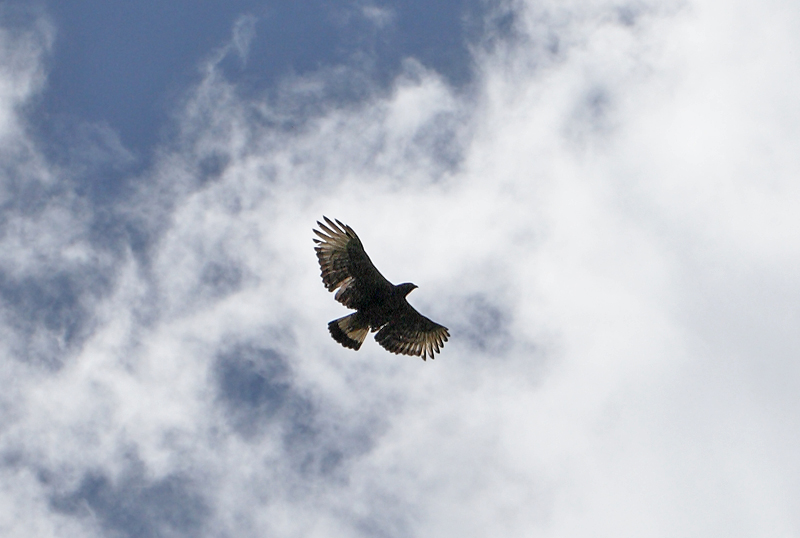 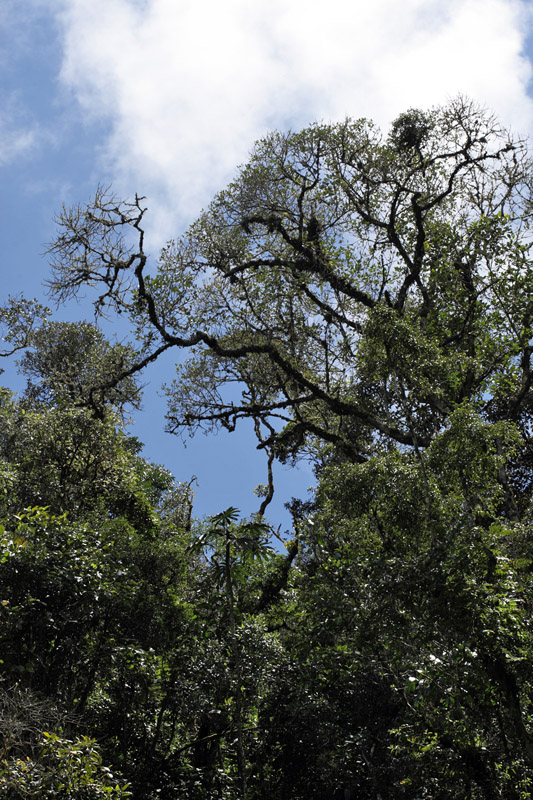 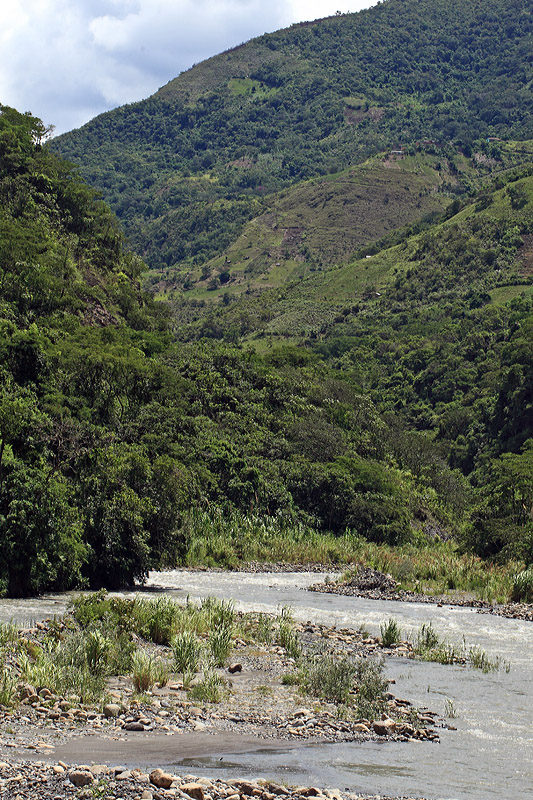 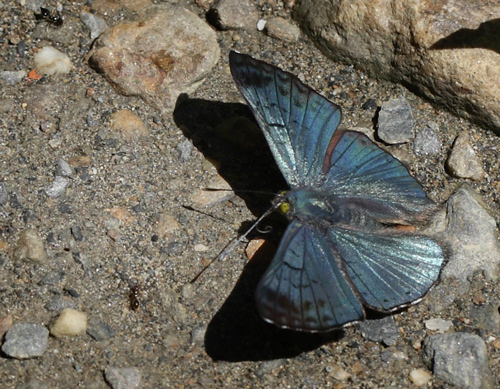 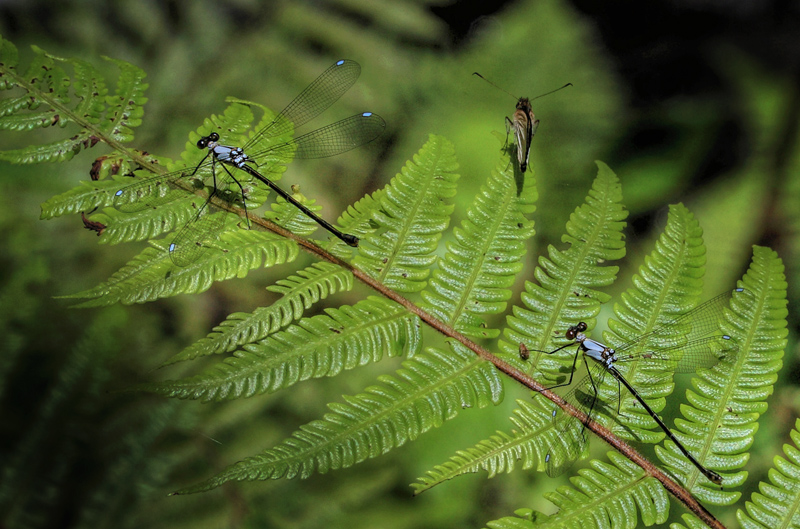 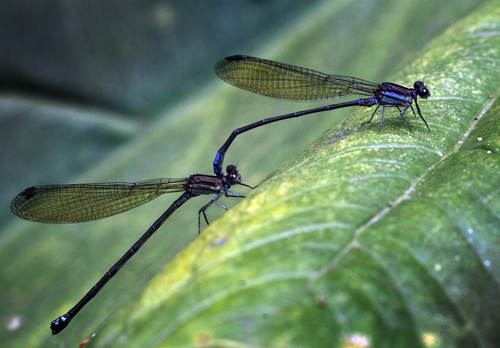  
| To get to the
Cloud forest at Cascades de Sacramento Alto at 2600 meters altitude,
you have to ru along the Camino de
Muerte / most
dangerous road in the world to get there. Either from
La Paz south from the Cumbre Pass in 4660 meters altitude,
or from Coroico in north via Yolosa in
1100 meters altitude, and down to Caranavi. |
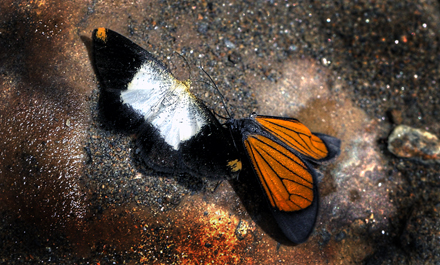 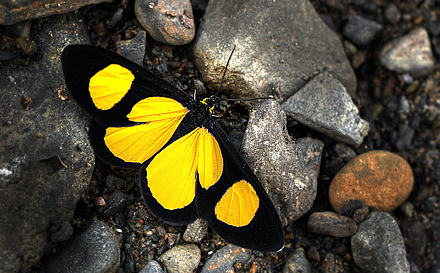 
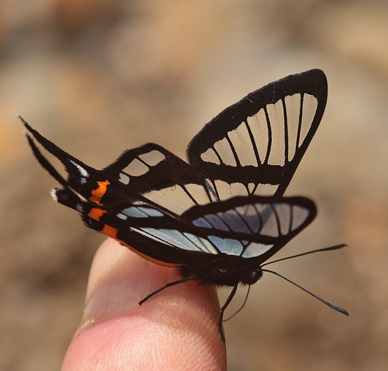 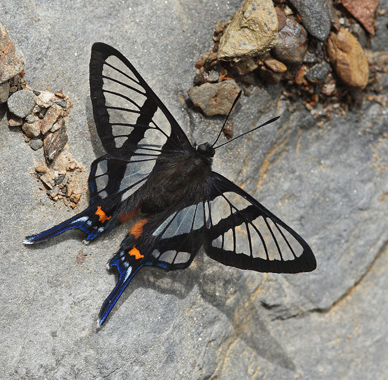 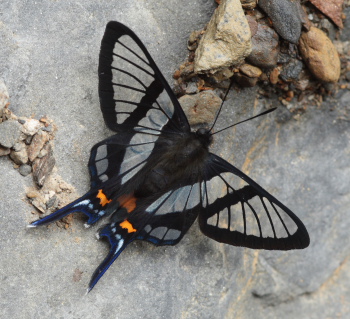 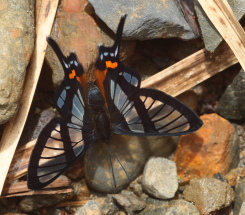
Andean Bee Butterfly, Chorinea
sylphina. Kori
Wayku inca trail, and Sacramento Alto, Yungas, Bolivia d. 1 & 2 february 2010. Photographer; Lars Andersen.
| Andean
Bee Butterfly, Chorinea sylphina are a cloudforest species at
altitudes between 1400 to 2700m. The genus Chorinea comprises of 8 species, all
following the same basic wing pattern as sylphina, but varying in the configuration
and extent of the red marking on their hindwings.
Distribution; Ecuador, Peru and Bolivia. Similary
species Yungas Bee Butterfly, Chorinea
faunus / amazon are in lower high altitudes
between 600 to 1200m around Caranavi valley, Yungas, Bolivia. |
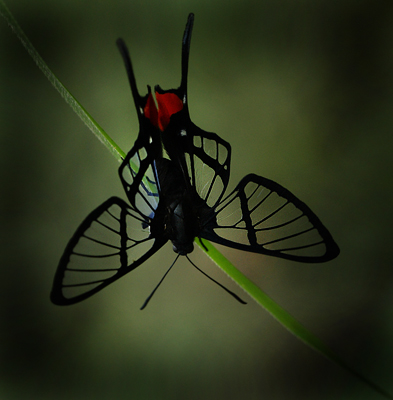 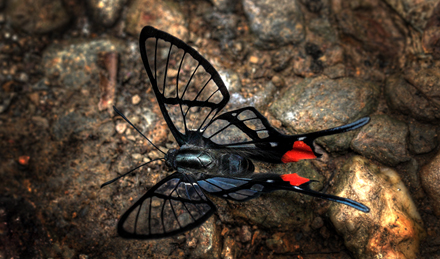
Amazon Bee Butterfly, Chorinea
faunus /amazon Caranavi elev. 810 m. d. 24 January
2012. Photographer: Lars Andersen
Cycling the world's most dangerous road
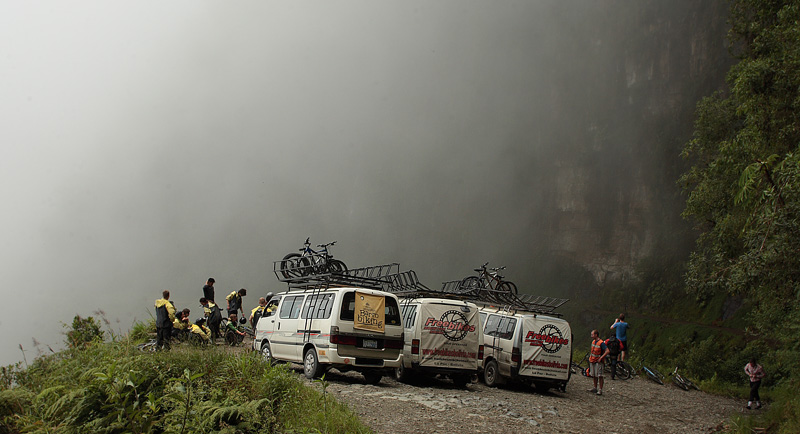 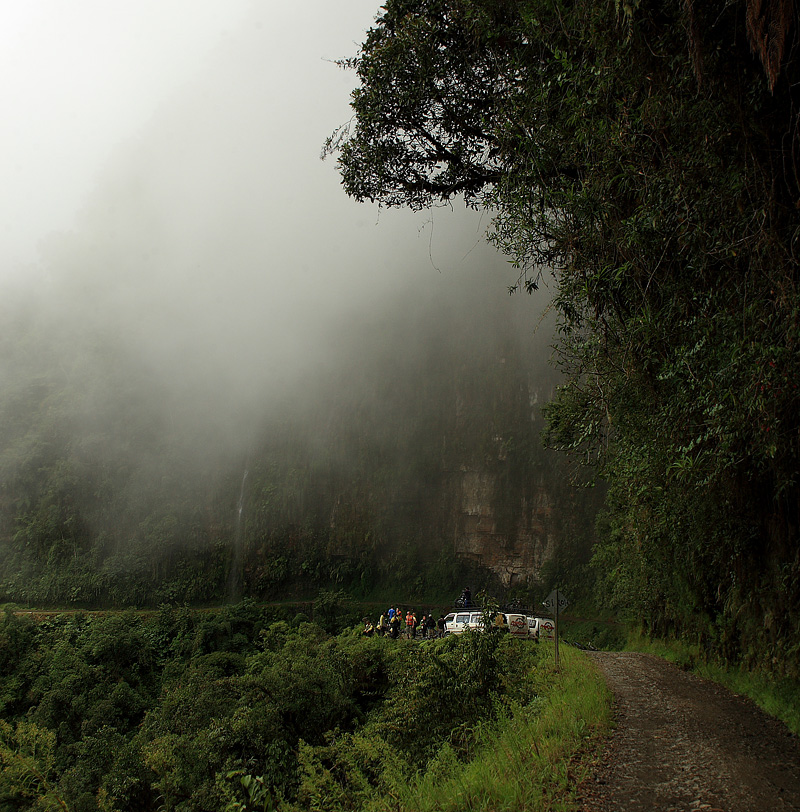 
Camino de Muerte, Cascades de Sacramento Alto, elev. 2340 m. d. 4 February
2010. Photographer: Lars Andersen
| The old Yungas Road is
now used mainly for mountainbikers after the new
road are open. This Yungas Road is also called
the "death road". Along the road in
2340 m.h. found the famous waterfalls "Cascades
de Sacramento Alto"
and some other exciting ravines where I have
photographed butterflies several times. Read
article at Wikipedia From the Cumbre pass 4672 m up in
the snow, you drive 63.9 km along the world's
most dangerous road (estrada da morte) past the
Cascades de Sacremento Alto 2340 m. to Yolosa at
1075 m altitude in a tropical climate.
In 2006, the new road opened, so the
section between Es Cotapata and Yolosa along the
old Death Road is today used by tourism for mtb
driving.
|
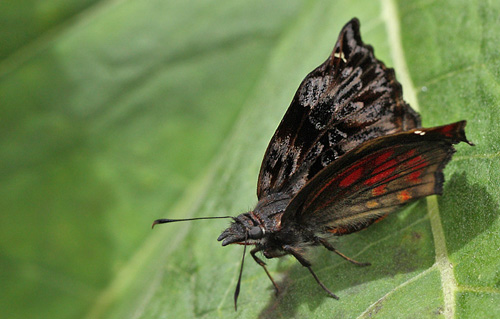
Camino de Muerte, Cascades de Sacramento Alto, elev. 2400 m. d. 9 February
2012. Photographer: Lars Andersen
dont use this pictures without
permission from:
photographer © Lars Andersen
Kori Wayku inca trail, Yungas, elev. 2000
m.
Enero - Febrero 2009 sitio 51
Kori Wayku inca trail, Yungas, elev. 2000
m.
Febrero 2008 sitio 35
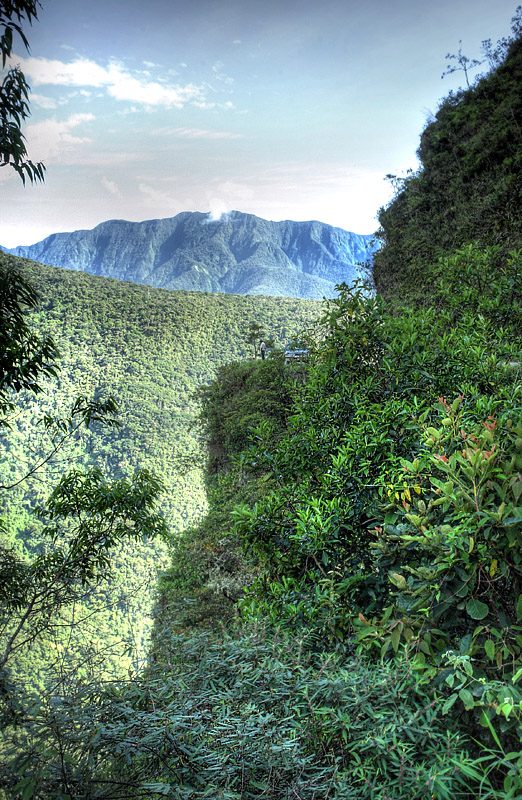
Top
Gear: Bolivia's Death
Road - Top Gear - BBC on youtube
Mariposas de Bolivia
Enero 2012
por Peter Møllmann & Lars Andersen
Mariposas de Bolivia
Enero 2010
por Peter Møllmann & Lars Andersen
Mariposas de Bolivia
Enero - Febrero 2009
por Peter Møllmann y Lars
Andersen
Mariposas de Bolivia
Enero - Febrero 2008
por Peter Møllmann y Lars
Andersen
Mariposas de Bolivia
Enero 2007
por Peter Møllmann y Lars
Andersen
Mariposas de Bolivia
Enero 2006
por Peter Møllmann y Lars
Andersen
Home tilbage til forsiden
|


















![Pronophila epidipnis [n. ssp.#2] .The old railroad / Kori Wayku inca trail, Yungas, elev. 2000 m. 27 January 2009. Photographer: Lars Andersen](images22/ble096196s.jpg)





















































